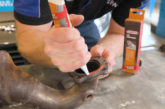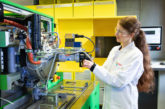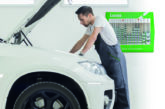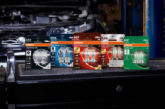
To the uninformed, the notion of a high-mileage EV often conjures images of diminished performance, battery failure and expensive repairs. However, a recent health check I did on a Tesla Model S which had clocked up 430,000 miles defies these stereotypes. The inspection uncovered several common Tesla problems, as you’d expect given the mileage.
First up, the daytime running light ‘brows’ were failing. The driver’s side windscreen wiper linkage was worn. So much so that the spindle has been eating into the aluminium bonnet – and yes, that is a common Tesla issue. The horn wasn’t working, likely because it’s located at the front of the car where it’s susceptible to corrosion and the steering column had enough play to suggest it’s due for a new universal joint. It also needs a new pyro fuse. Designed to cut off the high-voltage supply in the event of a serious collision or electrical fault, the small battery inside the fuse is nearing the end of its service life. Nothing damning or financially unviable to put right so far. Just normal, high mileage car stuff.
But what about the high voltage battery? The things that only last a few years and cost the owner tens of thousands of pounds to replace, if you’re to believe the mass media. Well, a detailed analysis using an Altelium battery health test report showed that the current battery capacity of this Tesla is at 72 per cent of its original capacity. It means that this car still achieves a maximum range of around 200 miles in standard conditions. Even in the worst conditions the report indicates a range of 149 miles.
Despite covering the equivalent of 716 journeys up and down the UK, or 17 times around the world, the battery has only lost around a quarter of its capacity.
For more from this series, click here.









